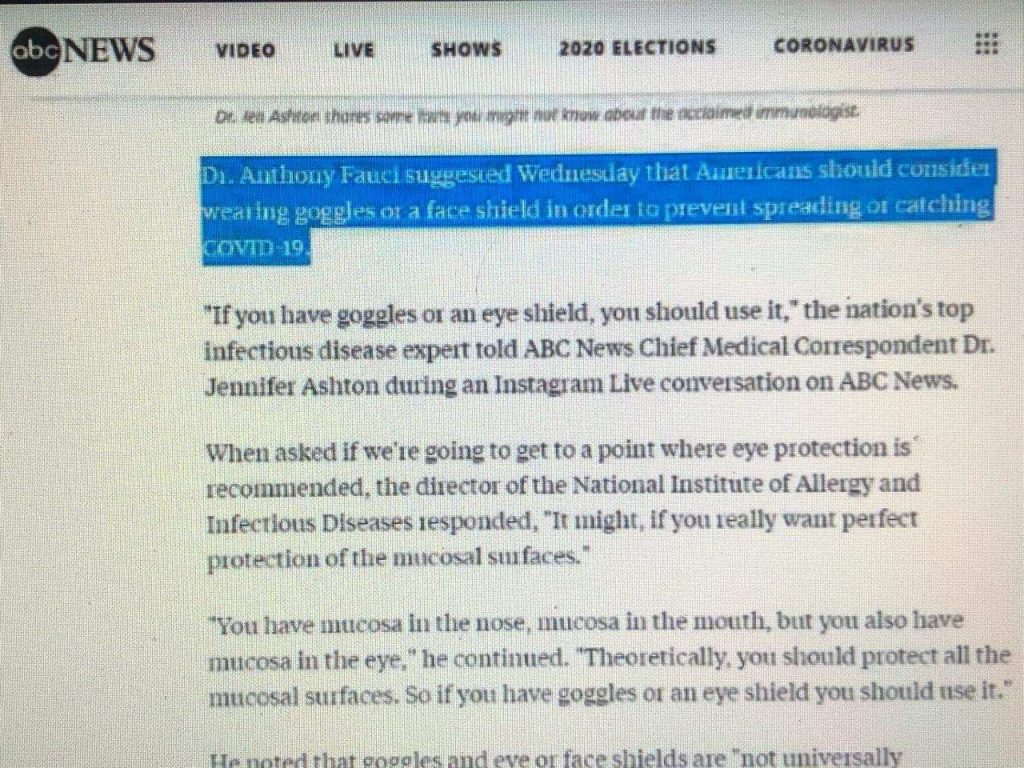Category: Hot Topics
Zappa

EMF Updates
Elk Hoof Disease . . . .
Elk Hoof Disease
GoHunt.com (July 31) 2020
California asks public for help identifying cases of elk hoof disease
Elk hoof disease is creeping into California after two cases were confirmed in April in Roosevelt elk in Del Norte County. While treponeme-associated hoof disease (TAHD) has been a known issue within Washington, Oregon and Idaho elk, the recent cases in California’s resident herd has sparked a new effort from wildlife biologists with the California Department of Fish and Wildlife (CDFW) to track the disease’s presence in the Golden State, the Del Norte Triplicate reports.
OUR COUNTRY is ATTACKING the PEOPLE (US) HERE’S a Personal Account HOW DEW’S are Used –
OUR COUNTRY is ATTACKING the PEOPLE (US)
HERE’S a Personal Account HOW DEW’S are Used –
Norman C. Rabin has been attacked with DEW weapons for 34 years,
starting in Dec 1985; and V2K since 15 Oct 1990.
One of the earliest, well-documented Targeted Individual cases.
3 Aug 2020: Norman C. Rabin has been attacked with DEW weapons for 34 years, starting in Dec 1985; and V2K since 15 Oct 1990. One of the earliest, well-documented Targeted Individual cases.
https://www.youtube.com/watch?v=30seQeBI-Tc
Former CIA Scientist Dr. Robert Duncan who worked on the remote neural monitoring technologies admits to a former US Navy Seal, Vietnam Vet and U.S. Governor that the CIA and Government is “no touch torturing” Americans like Norman Rabin and millions of others. It is being scaled to the population according to Robert Duncan.
Rabin v. US DEPT. OF STATE, CIA, 980 F. Supp. 116 (E.D.N.Y. 1997)
https://law.justia.com/cases/federal/district-courts/FSupp/980/116/1883379/
U.S.
District Court for the Eastern District of New York – 980 F. Supp. 116
(E.D.N.Y. 1997)
October 7, 1997
980 F. Supp. 116 (1997)
Norman Carl RABIN, Plaintiff,
v.
UNITED STATES DEPARTMENT
OF STATE, CENTRAL INTELLIGENCE AGENCY, John M. Deutch, in his Official Capacity
as Director of the Central Intelligence Agency and Individually, and The United
States of America, Defendants.
No. 95 CV 4310(ADS).
United States District Court, E.D. New York.
October 7, 1997.
*117 Norman Carl Rabin, Plainview, NY, pro se.
Zachary W. Carter, United States Attorney, Brooklyn, NY by Phillip J. Miller, Assistant United States Attorney, for Defendants.
MEMORANDUM OF DECISION AND ORDER
SPATT, District Judge:
According to the plaintiff, he has been “targeted” by “United States satellite-based assault,” “surveillance” and “imprisonment” from 1986 to present. (Plaintiff’s Memorandum of Points and Authorities). Additionally, for reasons that need not be elaborated upon, the plaintiff believes that this “satellite” activity dovetails with plots between the United States and the former Soviet Union to free Jewish dissidents in 1986 and 1987, and with Iraq’s invasion of Kuwait on August 2, 1990.
This matter is before the Court on the plaintiff’s pro se motion to compel the defendant government agencies to expedite their processing of requests, made pursuant to the Freedom of Information Act (FOIA), 5 U.S.C. § 552 as amended, for documents allegedly evidencing the above-described government conspiracies. Also before the Court are the defendant Central Intelligence Agency’s [“CIA” or “the Agency”] motion to dismiss the portion of the complaint which seeks to compel the production of documents which are not in the agency’s possession, as well as the defendant United States Department of State’s [“State Department” or “the Department”] motion to stay the proceedings until it has fully processed the plaintiff’s FOIA request.
Smart Plants

UK may go full tilt over COVID?
Councils can demolish contaminated buildings under powers to stop second coronavirus wave
Care homes, factories, offices and even private homes could be bulldozed as last resort if virus starts to run out of control
Smart streetlight controversy in San Diego prompts surveillance revamp | Smart Cities Dive
Amid swirling controversies surrounding San Diego’s Smart Streetlights program, including its use to surveil protestors marching against systemic racism, new laws being debated in the city would more strictly govern the use of surveillance technology.
One ordinance sponsored by City Councilmember Monica Montgomery would set policies governing the current and future use of surveillance technology and set parameters for how it can be used. It also creates requirements on oversight, auditing and reporting. Another would establish a nine-member Privacy Advisory Commission (PAC), which would create a use policy for the San Diego City Council to consider and adopt, and would also need to be informed whenever the city is about to partner on a new type of surveillance technology.
The legislation comes as many cities face a reckoning over policing methods, funding and the culture of surveillance, with calls to “defund the police” upending some cities’ budgeting processes. While some police departments have worked to try and assuage residents’ fears about the use of technology in law enforcement, it has prompted legislative action in cities including New York, where the city council voted in June to force the New York Police Department (NYPD) to be more transparent about the tech it is using.
The two ordinances unanimously passed the San Diego City Council’s Public Safety and Livable Neighborhoods Committee and the Rules Committee, setting up a vote before the full council in September.
“The impact will be at the very least that we’ll have oversight and certain uses will not be allowed,” Montgomery said in an interview. “I think it’ll make people feel safer, I think it’ll build more trust with law enforcement in using these the right way.”
Controversy has dogged San Diego’s Smart Streetlights program, powered by CityIQ, for some time. Montgomery said elected officials started hearing “rumblings” in 2018 and 2019 that the San Diego Police Department (SDPD) had started using the cameras primarily as a crime-solving method, rather than for the original purposes of optimizing parking and traffic and tracking air quality. Earlier this year, there was a dust-up in city council as Mayor Kevin Faulconer proposed paying for the program through the city’s community parking district budgets, but saw that proposal rejected.
Objections came as the SDPD wrote the policies for how its officers would use the surveillance footage collected on the smart streetlights. “[There] was no oversight, there were no parameters given to the department and they had their own internal policies. That’s when this stuff started to rise to the surface,” Montgomery said. City officials did not respond to requests for comment on the program, which was the subject of a lawsuit late last year over its data collection and use.
Get smart cities news like this in your inbox daily. Subscribe to Smart Cities Dive:
The city’s Smart Streetlights program has been the subject of some change in recent months, as smart streetlight company Ubicquia acquired all CityIQ assets in May, including the program in San Diego. Ubicquia declined to comment on the legislation through a spokesperson.
The program raised the hackles of various community organizations, which objected to the streetlights’ use by law enforcement and wanted to see some changes to the program. That helped prompt the formation of the Transparent and Responsible Use of Surveillance Technology San Diego (TRUST SD) Coalition, which collaborated on the legislation and has run public education and advocacy campaigns on the technology.
Genevieve Jones-Wright, the TRUST SD Coalition’s facilitator, said given the public interest in surveillance technology and the desire to see policing methods change, this legislation and the new PAC are steps in the right direction.
“When we started doing those community education forums, we were worried a little bit that maybe it would be a little too highbrow for some folks and they wouldn’t care, as it’s not that sexy,” Jones-Wright said in an interview. “But people were really pouring into these forums … So many people were interested in this, and a lot of people were extremely concerned and appalled. I think when we have this open discussion, we are going to see more civic participation.”
Lilly Irani, an associate professor at the University of California-San Diego who is involved with the TRUST SD Coalition, published a report earlier this year that said the Smart Streetlights program has merely resulted in “broken promises on civic innovation.”
“Instead, the city is left with a surveillance system that pervasively records video in public thoroughfares and near homes, workplaces, and places of worship — and the city, not citizens, access and use the data,” Irani wrote.
Montgomery said while there is a recognition that technology can play a role in helping keep people safe in what she called a “technological world,” its use must be governed properly to prevent over-surveillance, especially of communities that have traditionally been targets of such practices.
“We use technology quite a bit, we’re very dependent on it,” Montgomery said. “And the police department and law enforcement can use some of these things in their crime-solving methods. But overwhelmingly, people believe there should be very consistent oversight, because folks are really concerned about technology and surveillance creeping into their lives, and their privacy and civil liberties being violated through this technology.”
Goggles

Rods From God: A Space Weapon to Make Thor Jealous – InsideHook
The idea is as effective as it is simple: What if a military could harness the power of a meteorite?
More specifically: What if a military could send a large object into space, have it orbit the planet, and then, whenever necessary, blast it back onto the surface at speeds that would give the impact the power of a nuclear bomb, but without all that nasty radiation – turning America’s enemies into a crater?
That’s the underlying idea behind a weapon system concept affectionately known as Rods From God – and over the years the U.S. Air Force and other experts have seriously taken it into consideration.
The idea was dreamed up back in the 1950s by science fiction writer and space weapons expert Jerry Pournelle, according to The New York Times. He called the system “Thor” and seemed amused that his concept re-enters the military strategy conversation every few years.
“People periodically rediscover it,” he said.
One such rediscovery was in 2002, when the respected military strategy think tank RAND conducted a nearly 200-page study on space weapons that in part took an in-depth look at the Rods From God concept.
“The approach here is to make a small, solid, long, and narrow re-entry vehicle out of a high-density material,” says a 2002 study, under the heading “Kinetic-Energy Weapons Against Terrestrial Targets.” “For example, one such weapon might be a 1-[meter]-long tungsten rod weighing about 100 [kilograms].”
That size is important because, as the RAND study blithely puts it, the object needs to be large enough to survive the burn-up that comes with racing through the Earth’s atmosphere, but “preferably” small enough that it doesn’t cause “mass extinction,” like the end of the dinosaurs.
“Because of their extremely high velocity, these weapons are very difficult to defend against during their brief transit through the atmosphere and might therefore be particularly interesting against heavily defended targets,” the RAND study says.
The year after the RAND study, in 2003, the U.S. Air Force made specific mention of “Hypervelocity Rod Bundles” as a future system concept in a strategy paper. The Air Force description was to the point: The rods “would provide the capability to strike ground targets anywhere in the world from space.”
Since the idea is relatively simple – literally hurling a chunk of metal from space into the Earth’s surface – RAND warns that another nation might pursue such weapons as a way to bypass America’s conventional dominance.
“For example, instead of playing catch-up against highly evolved air and submarine defenses, a country might prefer these space weapons to bypass defense entirely,” RAND said.
So why aren’t there dozens of satellites orbiting the earth right now, packed to the brim with tungsten rods, just waiting to turn deeply buried bunkers into craters? Well, quite a few reasons.
“The limitations of such kinetic weapons include the fact that, in order to maintain velocity, their maneuverability and target window is severely limited,” says another analysis circulated by the military’s Defense Technical Information Center (DTIC) in 2012. “In addition, because they derive their power from the pull of gravity, reentry angles must be steep, giving the weapon system a very narrow scope of targets at any given time.”
The DTIC says that because of that, an effective system would require a “large number of satellites to be in position to strike targets anywhere around the globe in a reasonable amount of time” — which compounds the already significant cost of getting the weapons into space in the first place.
“The fuel required to emplace and deorbit the weapons might be about 50 times the mass of the weapons delivered,” says RAND study, which the military found to be not totally unreasonable, but still steep – not to mention the cost of developing and building the systems themselves.
But there’s a reason people keep coming back to the Rods of God concept, and that’s because the U.S. military long ago woke up to the fact that dominance in space, and the ability to potentially threaten any part of the Earth from the cosmos, is a new Holy Grail in military and geopolitical strategy.
“Space strike systems could strike strategic and tactical targets deep within countries with impunity, inducing unprecedented coercive effects,” a 2006 Air Force study says.
If Rods From God could make that happen, odds are the U.S. military is gathering its tungsten. Now if someone could only get those space lasers to work.
WAKE UP – Tweet from Cathy O’Brien (@RealCathyOBrien)
WAKE UP – Tweet from Cathy O’Brien (@RealCathyOBrien)
MK Sex Slaves
The Clintons and Haiti
PLEASE READ and SHARE
Cathy O’Brien (@RealCathyOBrien) tweeted at 5:35 PM on Sat, Jul 25, 2020:
I’ve started reading/posting Audios on my Blog now! Please give them a listen and Subscribe:
(https://twitter.com/RealCathyOBrien/status/1287139386526707713?s=03)
